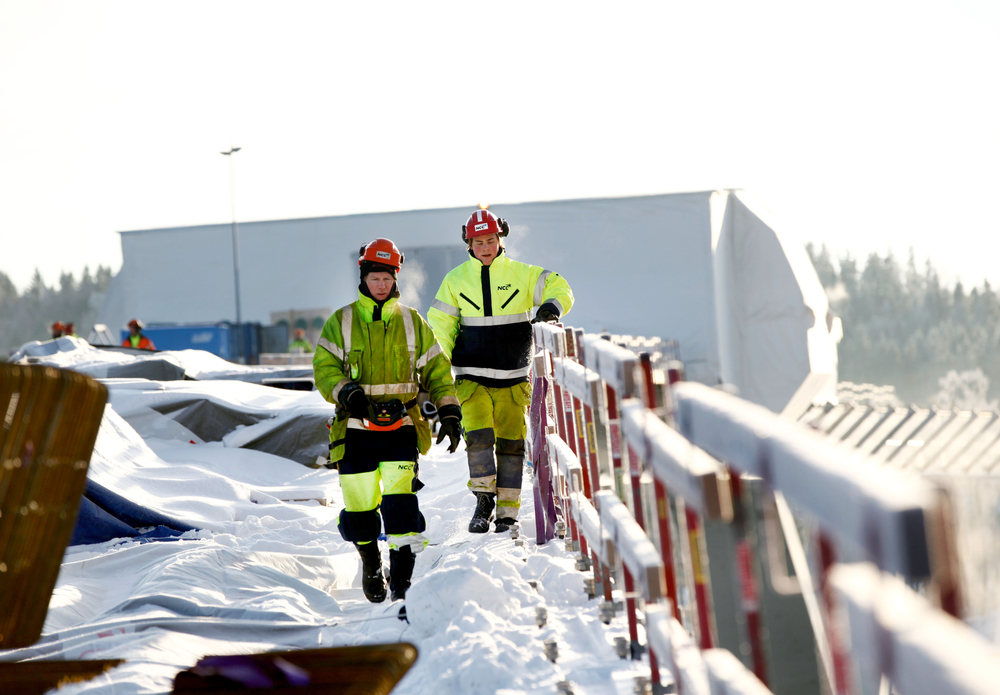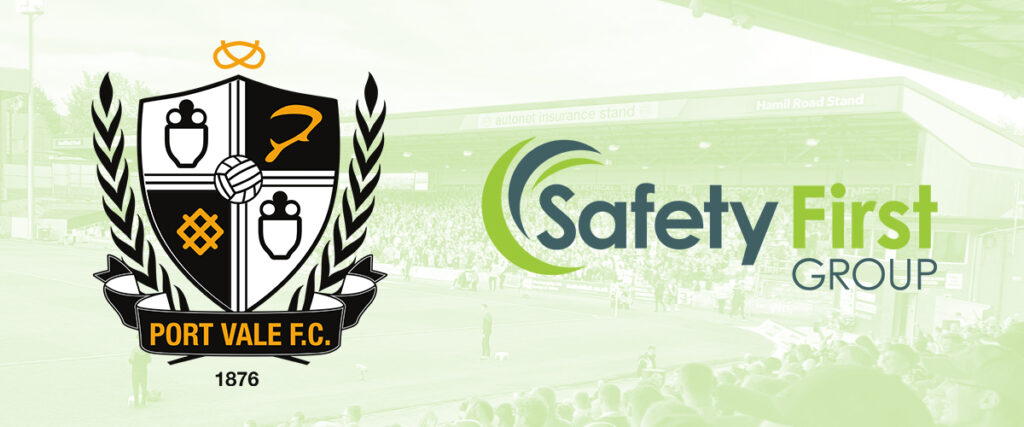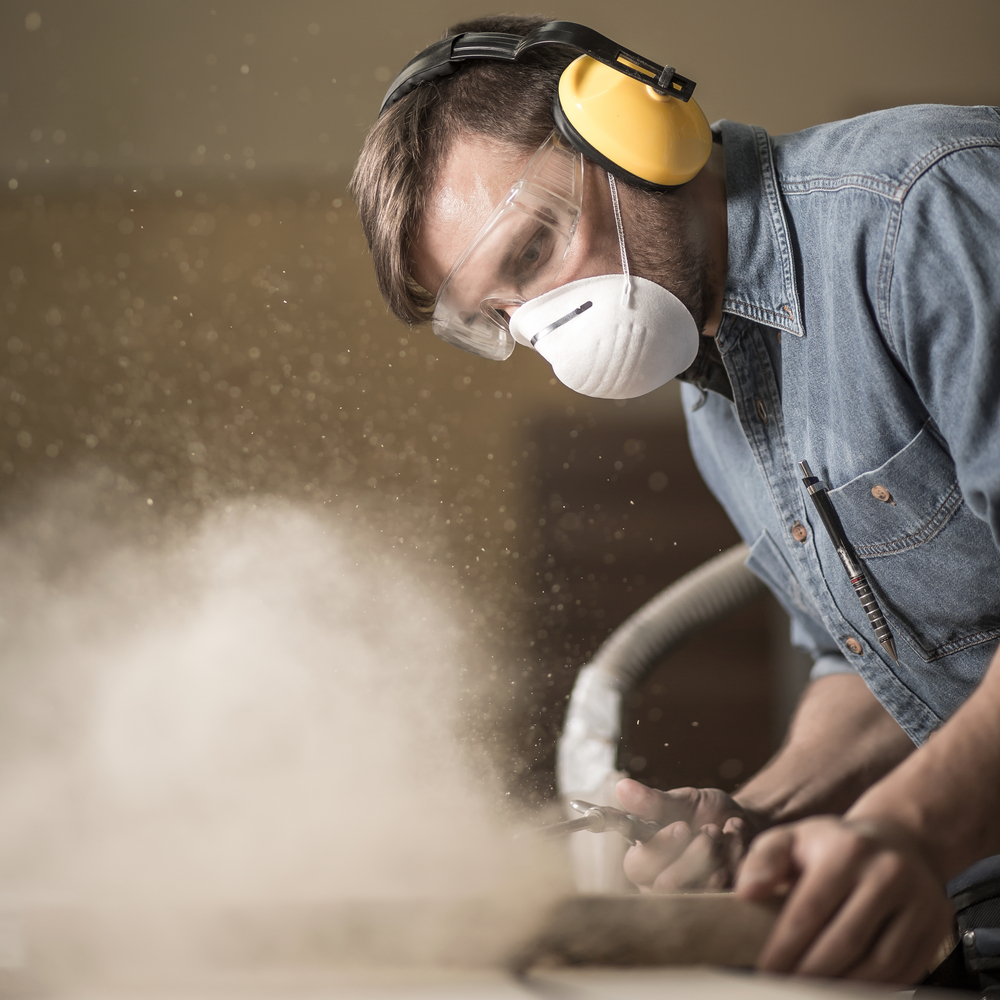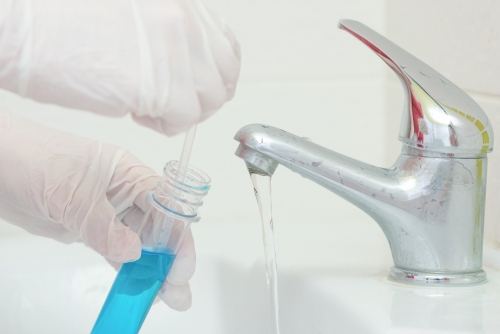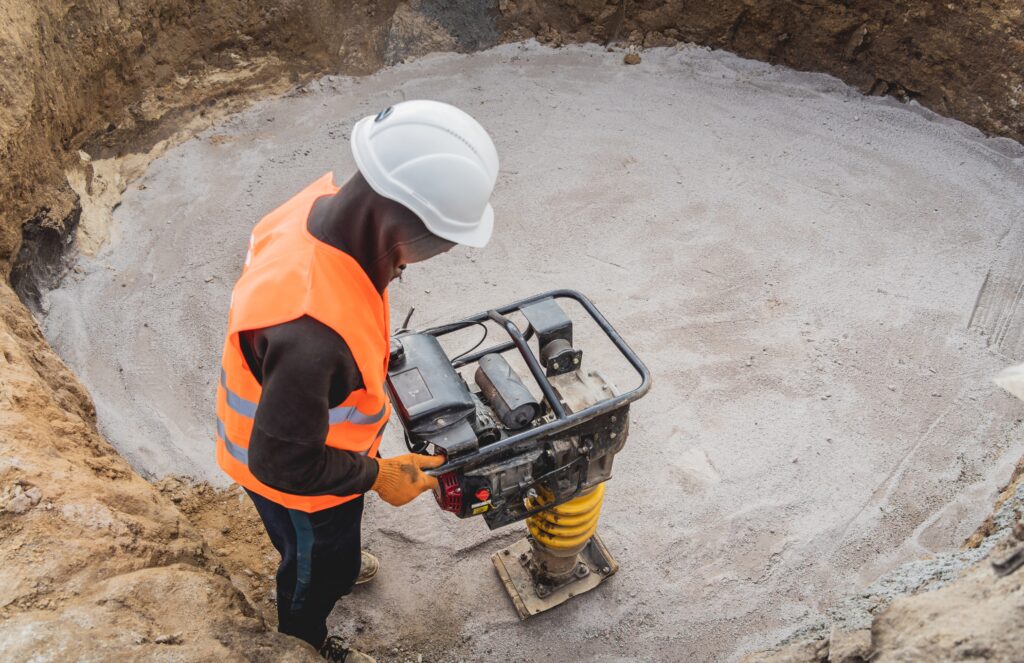Exposure to workplace vibration, noise and dust has been examined in In a recent assessment by the HSE. In steel frame fabrication and other industries the use of angle grinders are popular. Yet despite their popularity, angle grinders are known to cause high levels of exposure to vibration. Vibration is associated with hand-arm vibration syndrome (HAVs), a long term health condition.
Symptoms like numbness, pain and tingling in the hands and fingers can occur from long term use. Therefore, exposure to workplace vibration needs to be monitored long term in order to safeguard employee health. Therefore this means that any businesses using angle grinders need to ensure that they have the correct legal compliance in place.
Not just workplace vibration
In addition to vibration exposure, angle grinders are also known for significant levels of occupational noise. Typically producing LAeq noise levels of around 90-95 dB(A), the use of angle grinders needs careful monitoring for employees who need to use them regularly as part of their job.
Equally, we must take into consideration the work that angle grinders are performing and the possibility that workers are also at risk of exposure to dust and other harmful particles. But what is the solution? And how do we find an alternative to the use of angle grinders?
Reducing exposure to vibration and noise
The safest and easiest way to reduce exposure to vibration, noise and dust is to completely eliminate the use of high-risk tools. However, in a job like steel fabrication, are there many alternatives options that could successfully replace angle grinders?
Thankfully, the HSE conducted a study to examine alternatives to angle grinders. This study included an assessment of how much vibration, noise and dust exposure was reduced and how this in turn impacted the health of the user.
The report states that the HSE tested a range of different abrasive wheels such as:
- Standard grinding wheels
- Flap discs
- Ceramic discs
- Fibre disc with a rubber backing pad
- Diamond discs and;
- Carbon discs
Additionally, tools such as rebar cutters, bevelling machines and an angle grinder with a built in autobalancer were used to test the outcome. The tools and wheels were subjected to 3 different tests: grinding, bevelling and cutting. Subsequently this was recorded as separate noise, vibration and dust measurements for each test and their findings were recorded as follows:
- For each of the tasks alternatives were found that could reduce workplace vibration exposure
- Each of the tasks identified a reduction to noise and dust exposure compared to standard wheels and angle grinders
- Some machines may produce higher levels of vibration but significantly reduce time to complete the task, meaning overall exposure is reduced
- For grinding, fibre disc and rubber backing pad produced the lowest vibration and completed the task in the quickest time
- Anti-vibration handles used in conjunction with angle grinders consistently reduced vibration regardless of the wheel used
- Some tools were found to reduced noise and dust, however were not found to be compatible with the desired finish
Safety First Exposure monitoring services
When workplace vibration, noise and dust cannot be eradicated, we help businesses successfully manage exposure. We have a long history of working with companies to reduce risk to their employees, as well as helping to manage the long term health surveillance of employees most at risk.
As part of our hand-arm vibration assessment we can assess and evaluate vibration on your premises, including providing detailed vibration measurements, asset registers and labelling tools. Every Safety First technician is highly-qualified and experienced in assessing the workplace for vibration risks and proposing measures for eliminating or minimising these risks.
Additionally we can help protect the most vulnerable workers in respect of noise at work. It is important to prioritise and safeguard employee health to comply with legal regulations, and we know that not all businesses have on site teams equipped to do so. That’s why we always encourage customers to outsource their compliance to third parties like Safety First, so that they can concentrate on their core business objectives and leave us to the messy stuff!
If you would like a no-obligation chat regarding any of our occupational hygiene services including vibration, noise, and dust exposure, you can visit any of our dedicated pages, contact us here or call 0845 004 2133 to speak to one of our occupational hygienists.
You can find the full HSE report and all the findings here.




